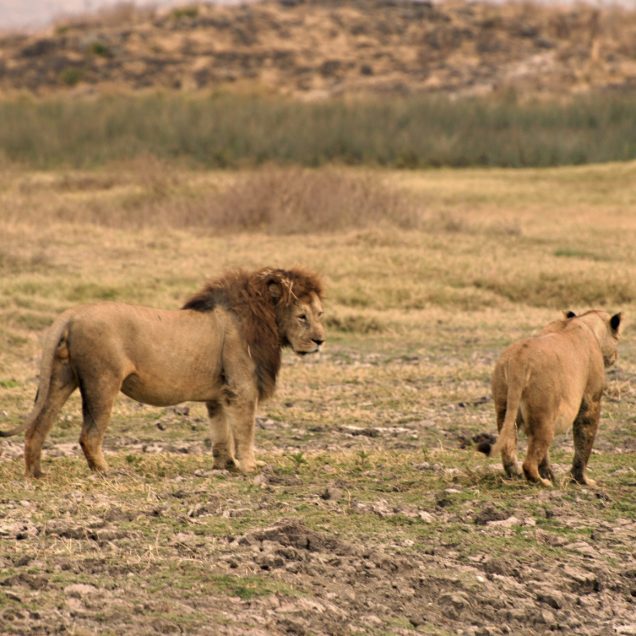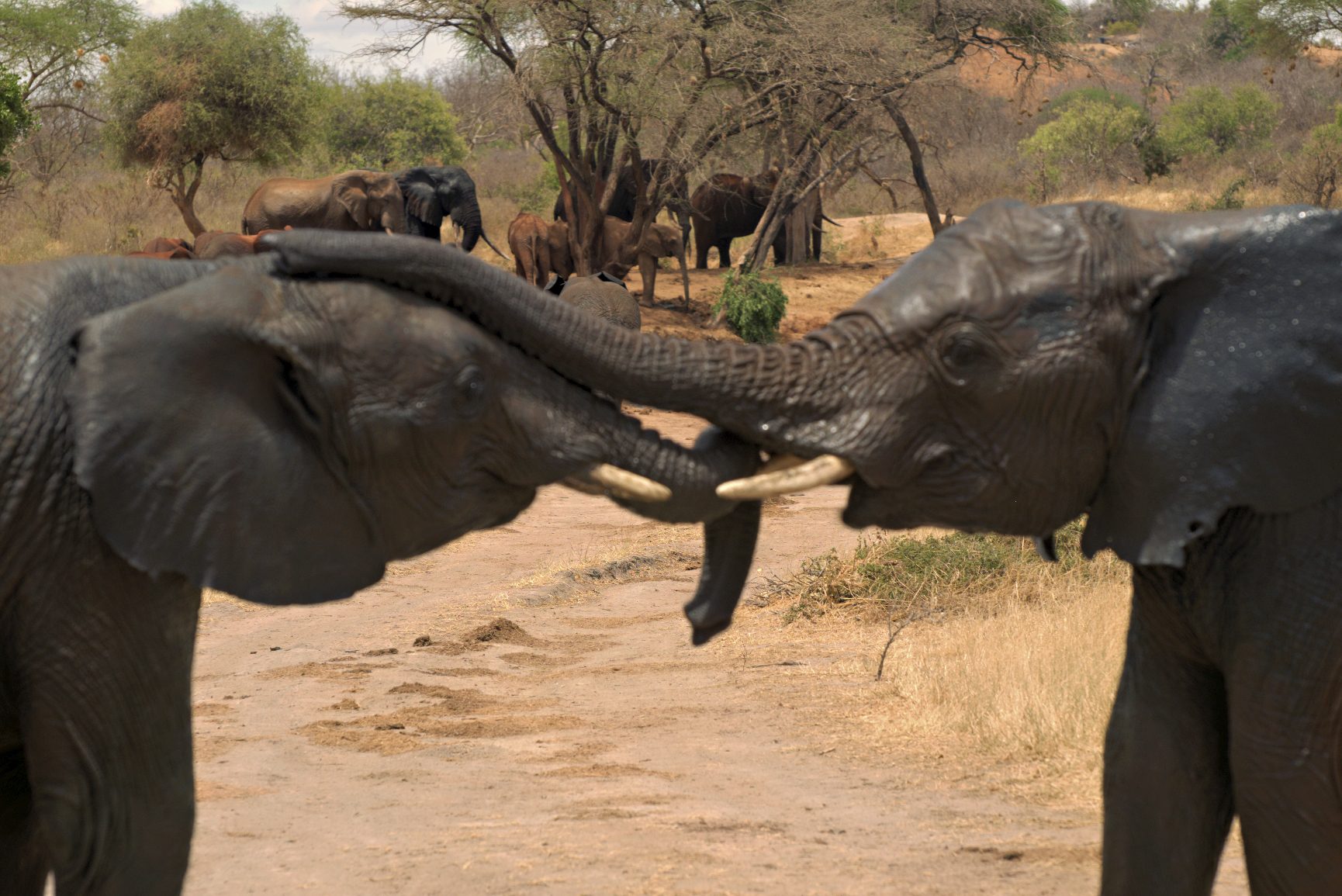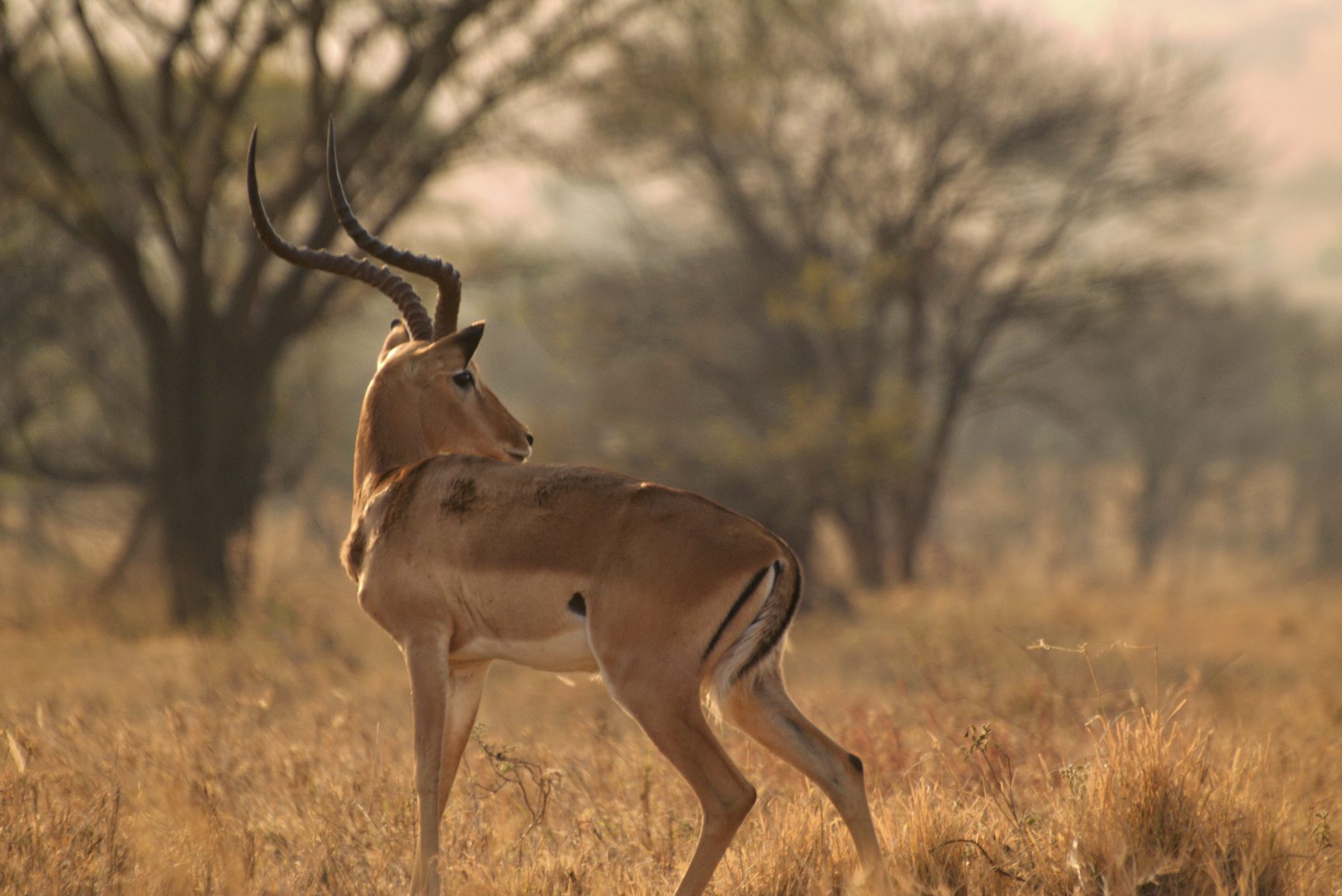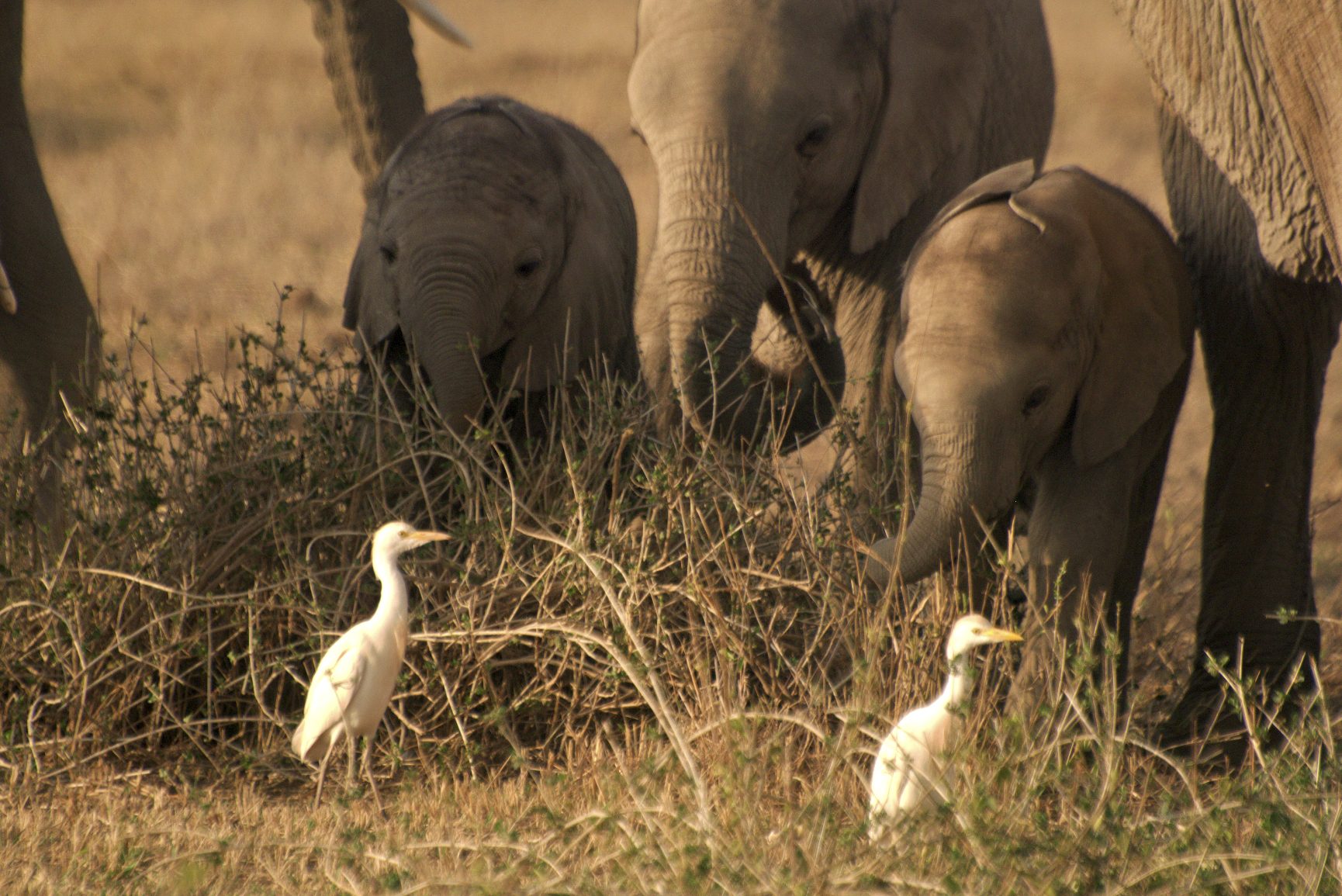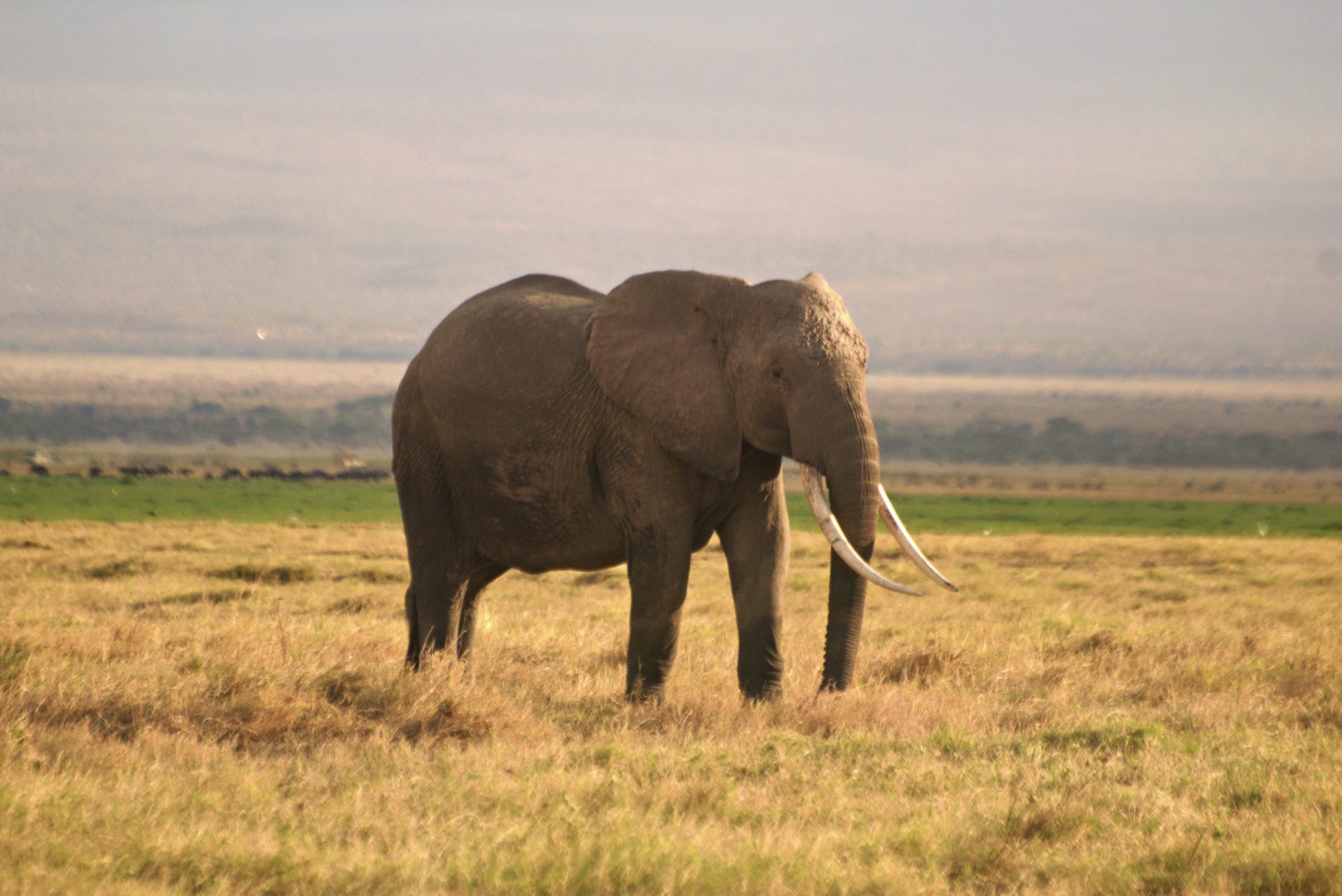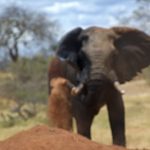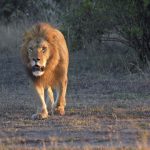TSAVO WEST NATIONAL PARK
Tsavo West National Park habitat includes open plains and savannah bush, semi-desert scrub, acacia woodlands, numerous rocky ridges and outcrops and swathes of riverine vegetation. Toward the Chyulu Hills, the landscape is of recent volcanic origin with some spectacular lava flows.
The Tsavo West Natinal Park is strikingly beautiful, particularly in the northern section close to the Chyulu Hills. It is possible to drive up to some fabulous vantage points such as Poacher’s Lookout where on a clear day it is possible to view Mount Kilimanjaro. One of Tsavo West’s main attractions is the Mzima Springs, where sparkling crystal-clear springs are home to hippo and crocodile that can be watched from an underground lookout. In addition, the Ngulia Rhinoceros Sanctuary is a 70 square kilometre fenced reserve, established to protect the black rhino, and this is one of the few places in the country where it is possible to view this incredible creature.
The game in Tsavo can vary considerably throughout the year and is at its best at the end of the dry season. In general it is not a reserve to come and tick off large numbers of big game, but predators are not uncommon and it’s also possible to see large herds of elephant as well as buffalo, common waterbuck, eland, gerenuk, fringe-eared oryx, impala and Maasai giraffe. Birdlife is wonderful, and during a stay in the park you can expect to see starlings, parrots, barbets, rollers, storks, herons and more.
Tsavo West National Park: The Experience
Tsavo West is a real wilderness destination. All of the Big Five are present, but wildlife densities are lower than in some of the more popular parks in Kenya. However, there is a good variety of animals with many dry-country specials, including the shy lesser kudu and the rare fringe-eared oryx. Large elephant herds can be found gathering at the waterholes.
The park is one of the best places to see the skittish lesser kudu. The rocky terrain is also a good habitat to look for klipspringers, often found in pairs. Antelope that thrive in arid conditions can also be found here, including the very localized fringe-eared oryx and gerenuk. The drive-through rhino sanctuary increases your chances of spotting the elusive black rhino.
Tsavo West National Park: Birdlife
Tsavo West’s prolific birdlife features over 400-recorded species. Ngulia Hills, one of the landmarks in the park, is situated along one of the world’s busiest avian migration routes. Bird ringers make an annual pilgrimage here between October and January. Ngulia is the site of Africa’s foremost bird-ringing (tagging to enable individual bird identification) project. More than 100 migrant and resident species have been ringed here – the most prolific being marsh warbler, river warbler, red-backed shrike, thrush nightingale and common whitethroat.
Tsavo West National Park offers great bird watching in all seasons. Many of the more unusual specials are resident and can be spotted any time. Migratory birds, a real feature of the birding in the park, fill the trees, waterways and skies from November to April. Peak migration months are October and November. November and April are peak months for rainfall – good to keep in mind if birding is your primary interest here.
For more information, Go TO
TSAVO WEST NATIONAL PARK WEBSITE

